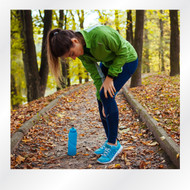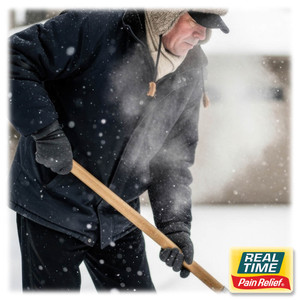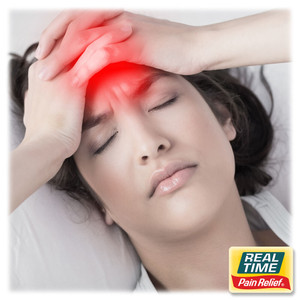8 Natural Ways to Treat Knee Pain
21st Sep 2022
Different types of knee pains and injuries are fairly common in the United States and make up about 1/3 of all muscle/bone related visits to a physician. Pains can stem from injury-related disorders, or even genetic or aging conditions such as arthritis. Injuries to the knee include sprained ligaments, tears in cartilage, or a stress fracture. These types of injuries are usually caused by sudden trauma to the knee. Other types of injuries may stem from overuse and excessive pressure to the muscles and bones in the knee. These injuries may include conditions such as tendonitis or runner’s knee. Other knee conditions include iliotibial band syndrome, bursitis (the burst of a fluid-filled cushion/sac inside the knee), osteoarthritis (degeneration of cartilage), patellofemoral pain syndrome (pain in the knee cap from injury or stress), patellar tendonitis (tendon strain typically caused by overuse in the knee), and a dislocated kneecap. Treating and reducing the amount of pain in the knee can be simple and easy.
There are several natural, effective, and credible treatment options that are known to help with knee injuries or conditions and eventually reduce the amount of pain you experience in your knee. Before you begin any treatment options, it is advisable to speak with your doctor about the pain you experience in the knee and receive a proper diagnosis. Thoroughly explain your symptoms with your doctor; this will help you pinpoint the right types of treatment options for your pain. Most natural treatment options are safe enough to try out and will typically treat a majority of painful symptoms in the knees. In this article, we will discuss safe, natural, and effective treatments for your knee pain.
- Rest
- Ice
- Compression/Sleeves/Braces
- Elevation
- Natural Vitamins/Herbs
- Proper Exercise and Weight Management
- Heat Therapy
- Topical Pain Relievers
For over 20 years, families across the U.S. have turned to Real Time’s lotions and creams for PAIN RELIEF YOU CAN TRUST®. From Lifestyle Essentials, through our Nujuvena line, to Pain Relief Formulas, Real Time has you covered.





